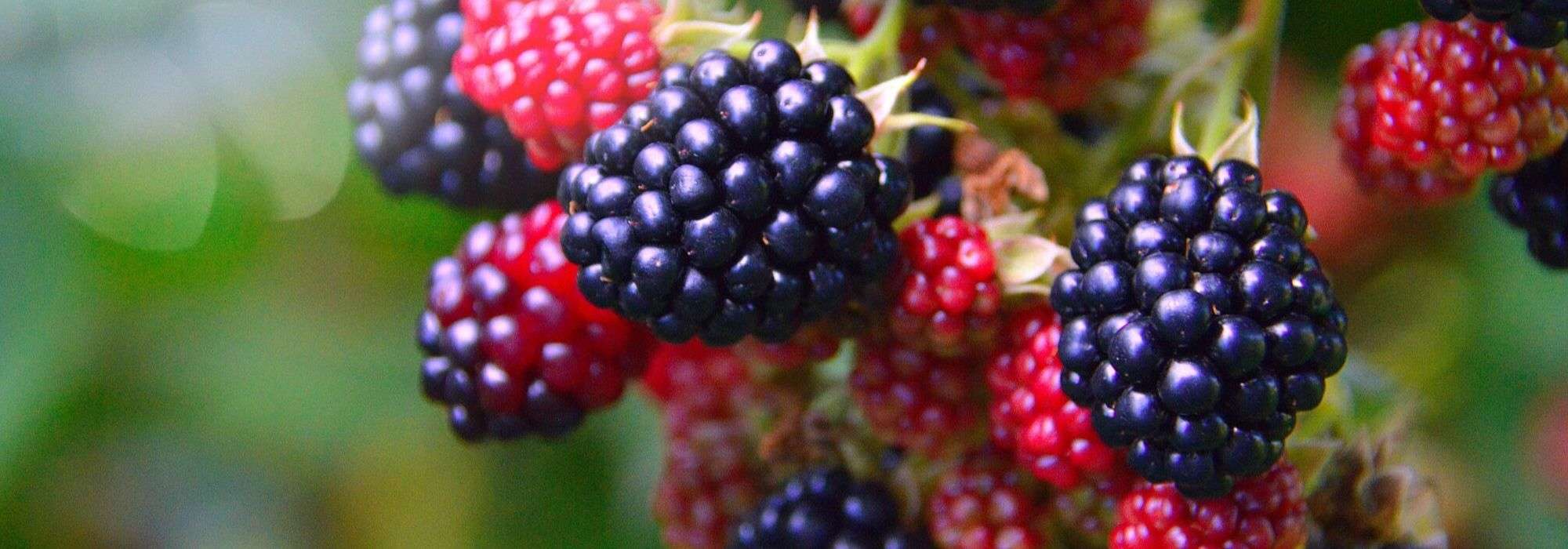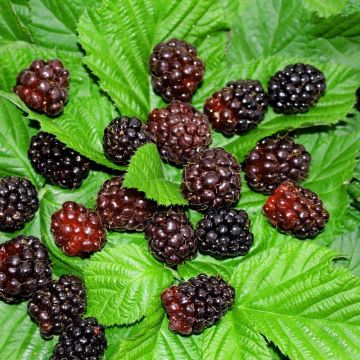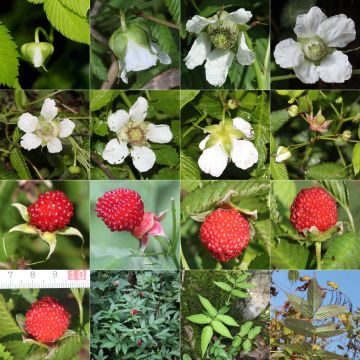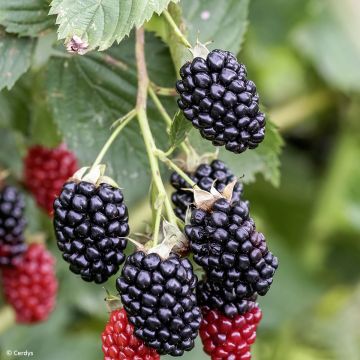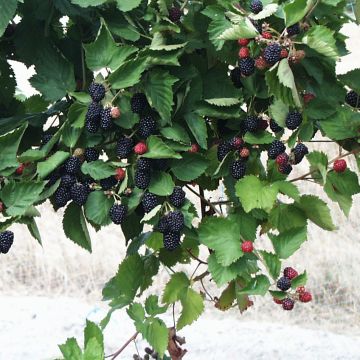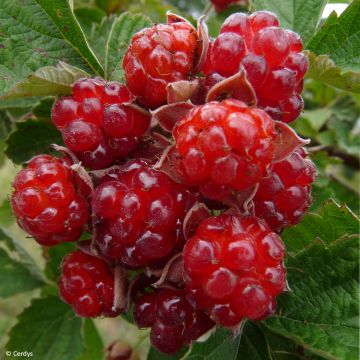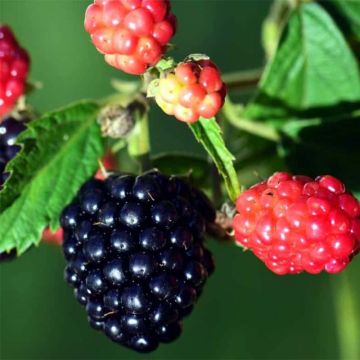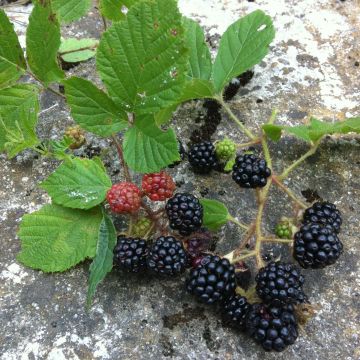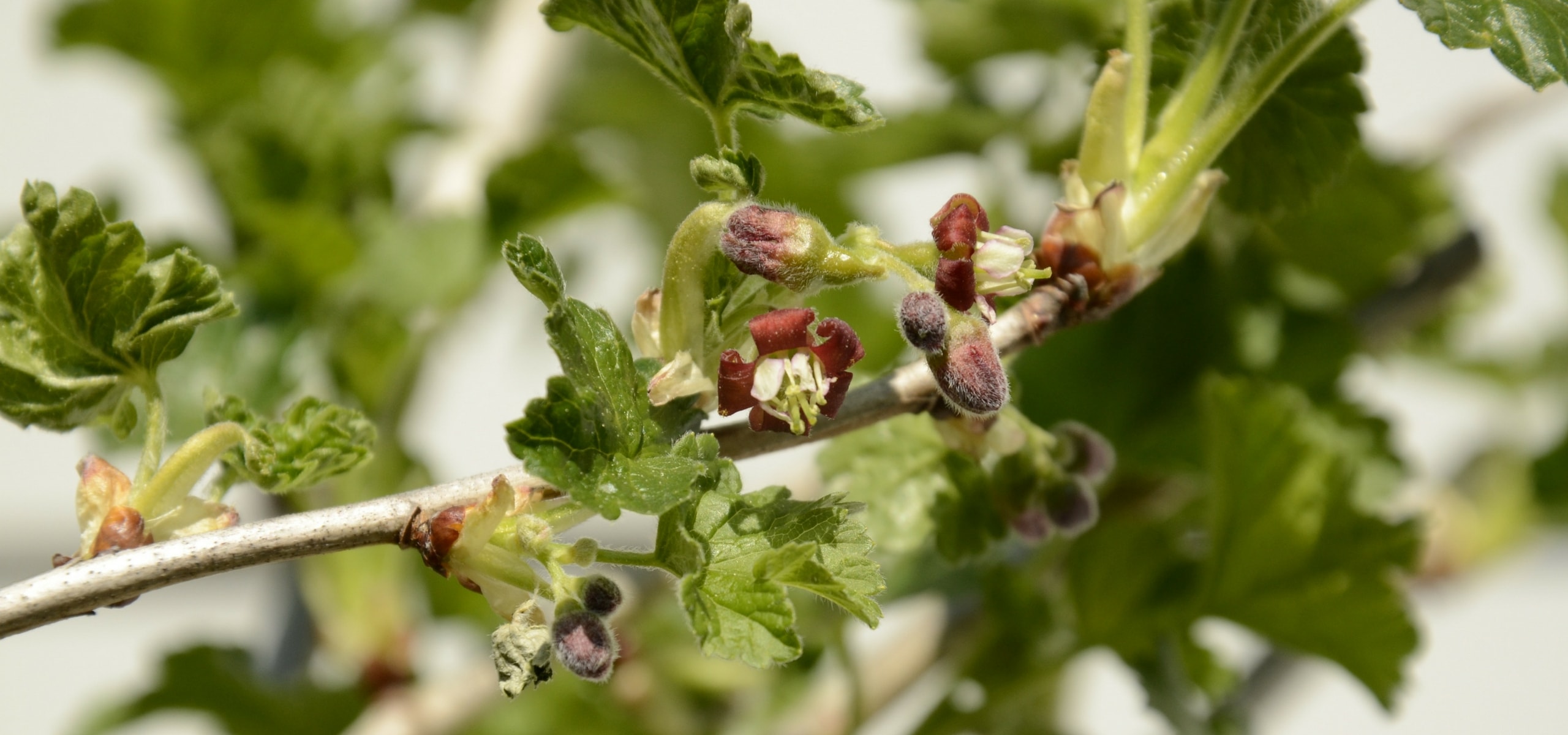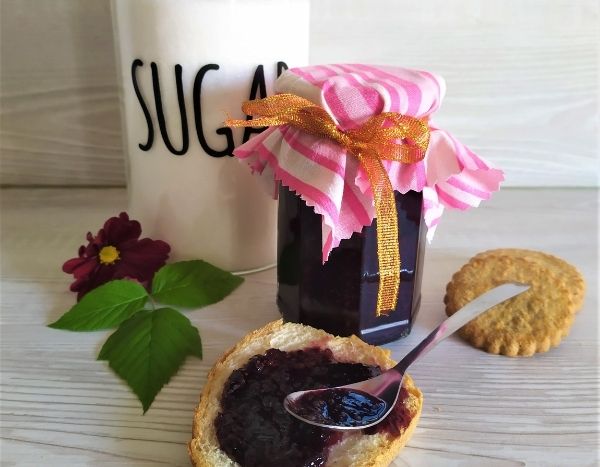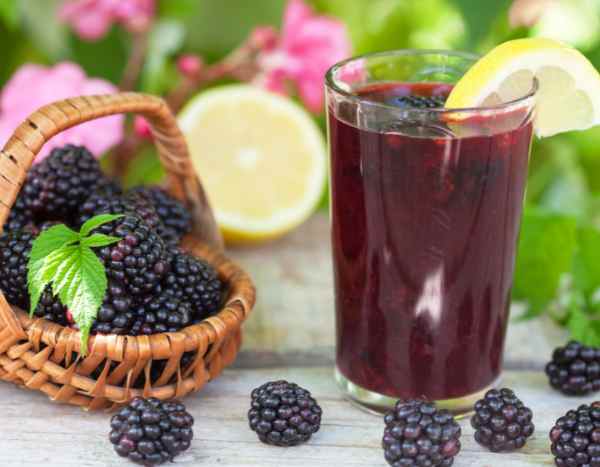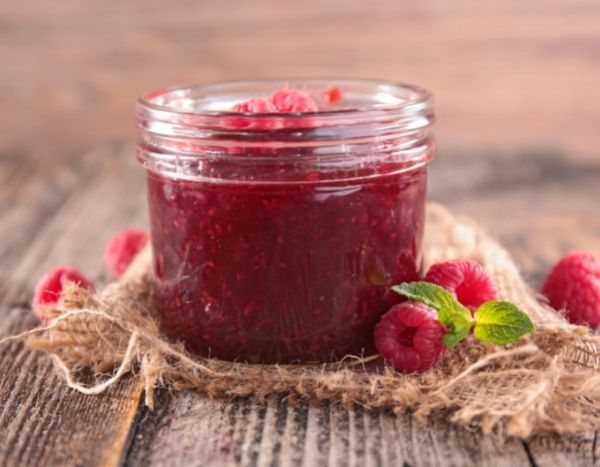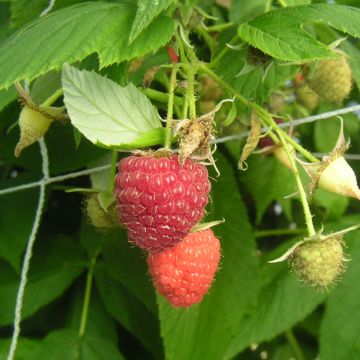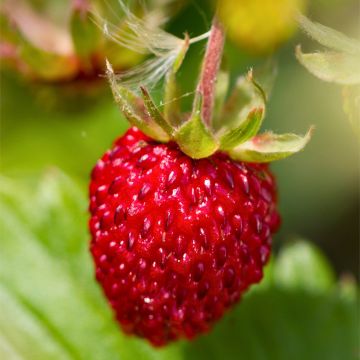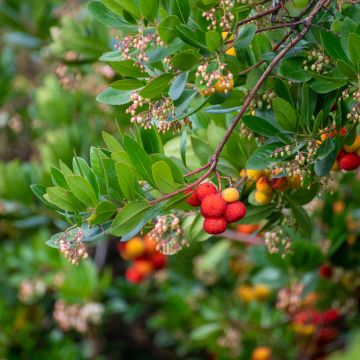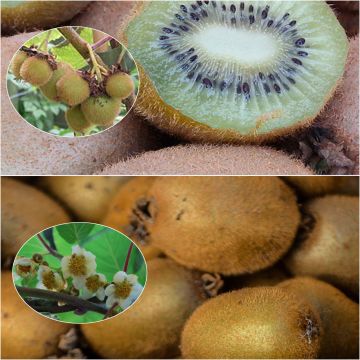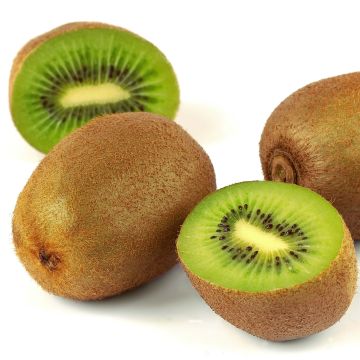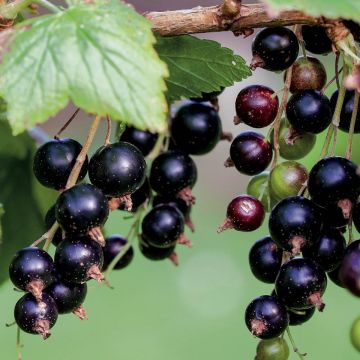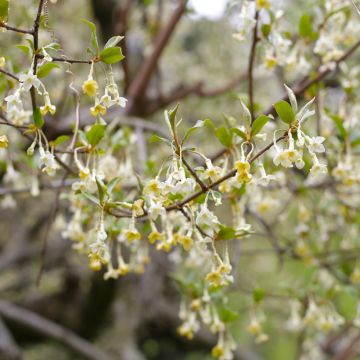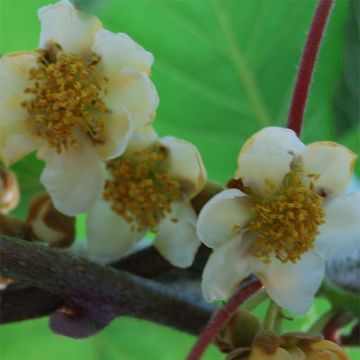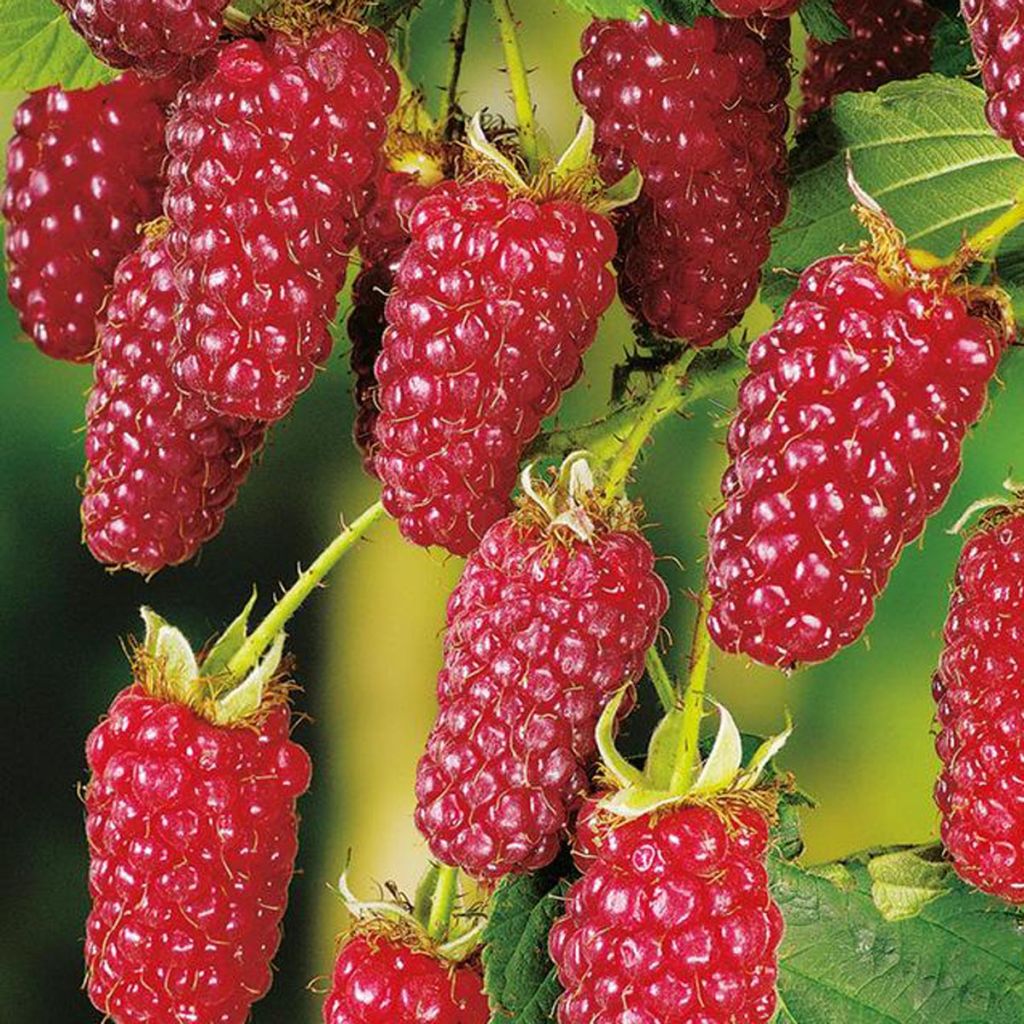

Rubus Buckingham Tayberry
Rubus Buckingham Tayberry
Rubus fruticosus x idaeus Buckingham® Tayberry
Tayberry
Special offer!
Receive a €20 voucher for any order over €90 (excluding delivery costs, credit notes, and plastic-free options)!
1- Add your favorite plants to your cart.
2- Once you have reached €90, confirm your order (you can even choose the delivery date!).
3- As soon as your order is shipped, you will receive an email containing your voucher code, valid for 3 months (90 days).
Your voucher is unique and can only be used once, for any order with a minimum value of €20, excluding delivery costs.
Can be combined with other current offers, non-divisible and non-refundable.
Home or relay delivery (depending on size and destination)
Schedule yourself the delivery date,
and choose your date in cart
This plant benefits a 6 months rooting warranty
More information
We guarantee the quality of our plants for a full growing cycle, and will replace at our expense any plant that fails to recover under normal climatic and planting conditions.

Description of Rubus Buckingham Tayberry
The Buckingham Tayberry is a recent creation. It is a perennial plant, almost devoid of thorns, with long, flexible and fast-growing branches. It produces very large elongated deep red-black fruits that ripen in July-August, with a very fine taste, a mix of blackberry and raspberry flavours. The deciduous, wavy foliage is a beautiful bright green. This tayberry is self-fertile, very productive, very vigorous and hardy. Plant in ordinary, well-drained soil, in full sun or partial shade.
The Buckingham Tayberry belongs to the rose family. It is the result of cross-breeding between a raspberry and a wild bramble. The 'Buckingham' cultivar has a flexible, spreading habit with branches that can reach 2 m (6 ft 7 in) in length, and with a crown that can occupy 2 m (6 ft 7 in) of space. The foliage is deciduous, bright green, composed of entire, wavy and toothed leaves, with visible veins, very similar to raspberry leaves. The stems are almost thornless, with a few small thorns inherited from its parents. They only live until they bear fruit (2 years) and are gradually replaced by suckers emerging from the stump. Production reaches its normal level in the third year after planting. The abundant and nectar-rich, numerous small white flowers, 1.5 cm (0.6 in) in diameter are grouped in clusters in May. The fruits are large and elongated, measuring up to 5 cm (2 in) in length, initially appearing red and then purple-black when ripe, in July-August. They must be picked fully ripe, when they are sweet and slightly acidic, very well balanced, combining the fragrance of raspberry and blackberry. The fruits can be eaten fresh or frozen, and are perfect for making jams.
The Buckingham Tayberry produces very long and flexible branches that need to be trained (on a trellis, fence, or lattice). Hardy and easy to grow, it thrives in ordinary soil with a preference for fertile, well-drained and moist soil. It will be perfectly suited to the shelter of a sunny or partially shaded wall, highlighting the bare, flexible branches in winter. Tayberries, like raspberries, contain two specific sugars, levulose and fructose, very little sucrose, so they are not very calorific. The fruits also contain ellagic acid, tannins, vitamin C, and are a good source of potassium.
Rubus Buckingham Tayberry in pictures
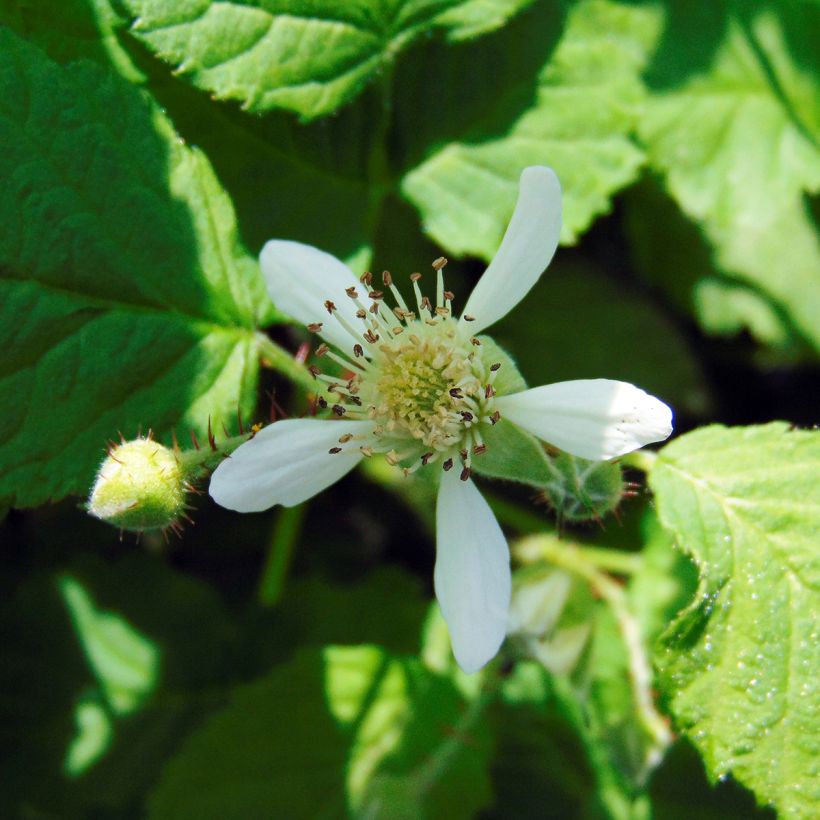

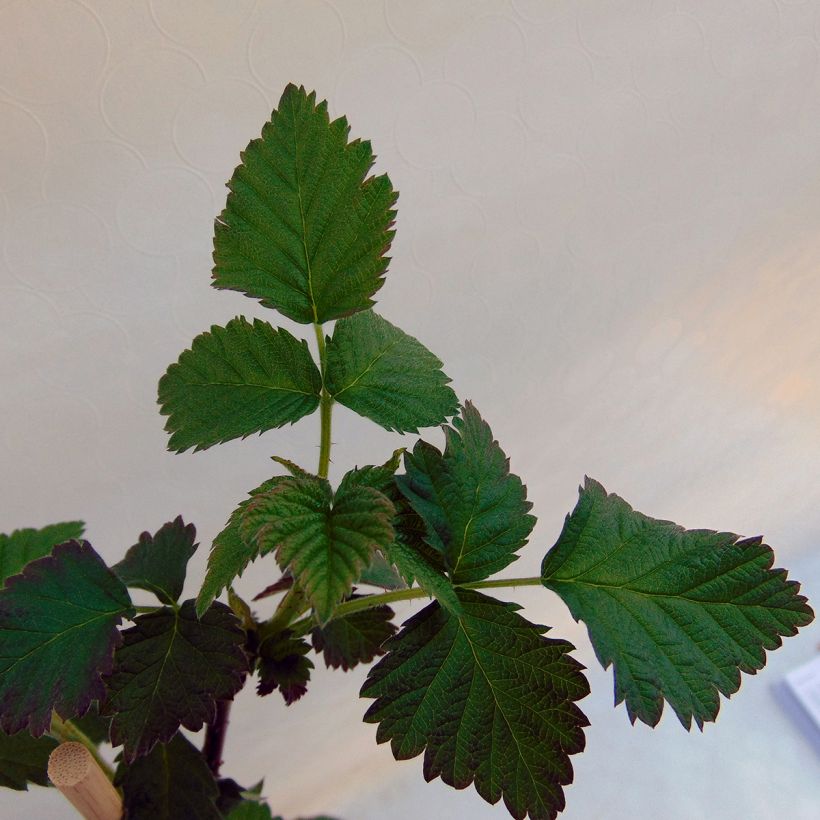

Plant habit
Fruit
Flowering
Foliage
Botanical data
Rubus
fruticosus x idaeus
Buckingham® Tayberry
Rosaceae
Tayberry
Cultivar or hybrid
Other Blackberry bush
View All →Planting of Rubus Buckingham Tayberry
The Buckingham 'Tayberry' prefers deep, fertile, moist soils, but it is a low-maintenance plant that will adapt to any ordinary soil that is not too dry. This bramble fruits in the sun or partial shade. In shade, the fruits will be of lower quality. When grown in a pot, it can be planted at any time of the year. However, it is best to plant it in the garden in autumn, from September to November. Dig a hole much larger than the root ball. Scratch the root ball with a slightly sharp tool to loosen the root mass and promote establishment. Place the bush in the hole without burying it too deep. Water well to compact the soil and remove air around the roots. It is important to ensure that the plant does not lack water during the first year following planting. An organic fertilizer application is beneficial at the start of the growing season. Train the new shoots as they grow.
When to plant?
Where to plant?
Care
Planting & care advice
-
, onVetted order
Response from on Promesse de fleurs
Similar products
You have not found what you were looking for?
Hardiness (definition)

Photo Sharing Terms & Conditions
In order to encourage gardeners to interact and share their experiences, Promesse de fleurs offers various media enabling content to be uploaded onto its Site - in particular via the ‘Photo sharing’ module.
The User agrees to refrain from:
- Posting any content that is illegal, prejudicial, insulting, racist, inciteful to hatred, revisionist, contrary to public decency, that infringes on privacy or on the privacy rights of third parties, in particular the publicity rights of persons and goods, intellectual property rights, or the right to privacy.
- Submitting content on behalf of a third party;
- Impersonate the identity of a third party and/or publish any personal information about a third party;
In general, the User undertakes to refrain from any unethical behaviour.
All Content (in particular text, comments, files, images, photos, videos, creative works, etc.), which may be subject to property or intellectual property rights, image or other private rights, shall remain the property of the User, subject to the limited rights granted by the terms of the licence granted by Promesse de fleurs as stated below. Users are at liberty to publish or not to publish such Content on the Site, notably via the ‘Photo Sharing’ facility, and accept that this Content shall be made public and freely accessible, notably on the Internet.
Users further acknowledge, undertake to have ,and guarantee that they hold all necessary rights and permissions to publish such material on the Site, in particular with regard to the legislation in force pertaining to any privacy, property, intellectual property, image, or contractual rights, or rights of any other nature. By publishing such Content on the Site, Users acknowledge accepting full liability as publishers of the Content within the meaning of the law, and grant Promesse de fleurs, free of charge, an inclusive, worldwide licence for the said Content for the entire duration of its publication, including all reproduction, representation, up/downloading, displaying, performing, transmission, and storage rights.
Users also grant permission for their name to be linked to the Content and accept that this link may not always be made available.
By engaging in posting material, Users consent to their Content becoming automatically accessible on the Internet, in particular on other sites and/or blogs and/or web pages of the Promesse de fleurs site, including in particular social pages and the Promesse de fleurs catalogue.
Users may secure the removal of entrusted content free of charge by issuing a simple request via our contact form.
The flowering period indicated on our website applies to countries and regions located in USDA zone 8 (France, the United Kingdom, Ireland, the Netherlands, etc.)
It will vary according to where you live:
- In zones 9 to 10 (Italy, Spain, Greece, etc.), flowering will occur about 2 to 4 weeks earlier.
- In zones 6 to 7 (Germany, Poland, Slovenia, and lower mountainous regions), flowering will be delayed by 2 to 3 weeks.
- In zone 5 (Central Europe, Scandinavia), blooming will be delayed by 3 to 5 weeks.
In temperate climates, pruning of spring-flowering shrubs (forsythia, spireas, etc.) should be done just after flowering.
Pruning of summer-flowering shrubs (Indian Lilac, Perovskia, etc.) can be done in winter or spring.
In cold regions as well as with frost-sensitive plants, avoid pruning too early when severe frosts may still occur.
The planting period indicated on our website applies to countries and regions located in USDA zone 8 (France, United Kingdom, Ireland, Netherlands).
It will vary according to where you live:
- In Mediterranean zones (Marseille, Madrid, Milan, etc.), autumn and winter are the best planting periods.
- In continental zones (Strasbourg, Munich, Vienna, etc.), delay planting by 2 to 3 weeks in spring and bring it forward by 2 to 4 weeks in autumn.
- In mountainous regions (the Alps, Pyrenees, Carpathians, etc.), it is best to plant in late spring (May-June) or late summer (August-September).
The harvesting period indicated on our website applies to countries and regions in USDA zone 8 (France, England, Ireland, the Netherlands).
In colder areas (Scandinavia, Poland, Austria...) fruit and vegetable harvests are likely to be delayed by 3-4 weeks.
In warmer areas (Italy, Spain, Greece, etc.), harvesting will probably take place earlier, depending on weather conditions.
The sowing periods indicated on our website apply to countries and regions within USDA Zone 8 (France, UK, Ireland, Netherlands).
In colder areas (Scandinavia, Poland, Austria...), delay any outdoor sowing by 3-4 weeks, or sow under glass.
In warmer climes (Italy, Spain, Greece, etc.), bring outdoor sowing forward by a few weeks.






























